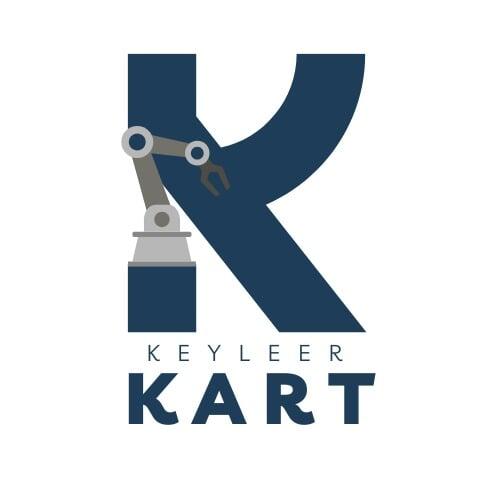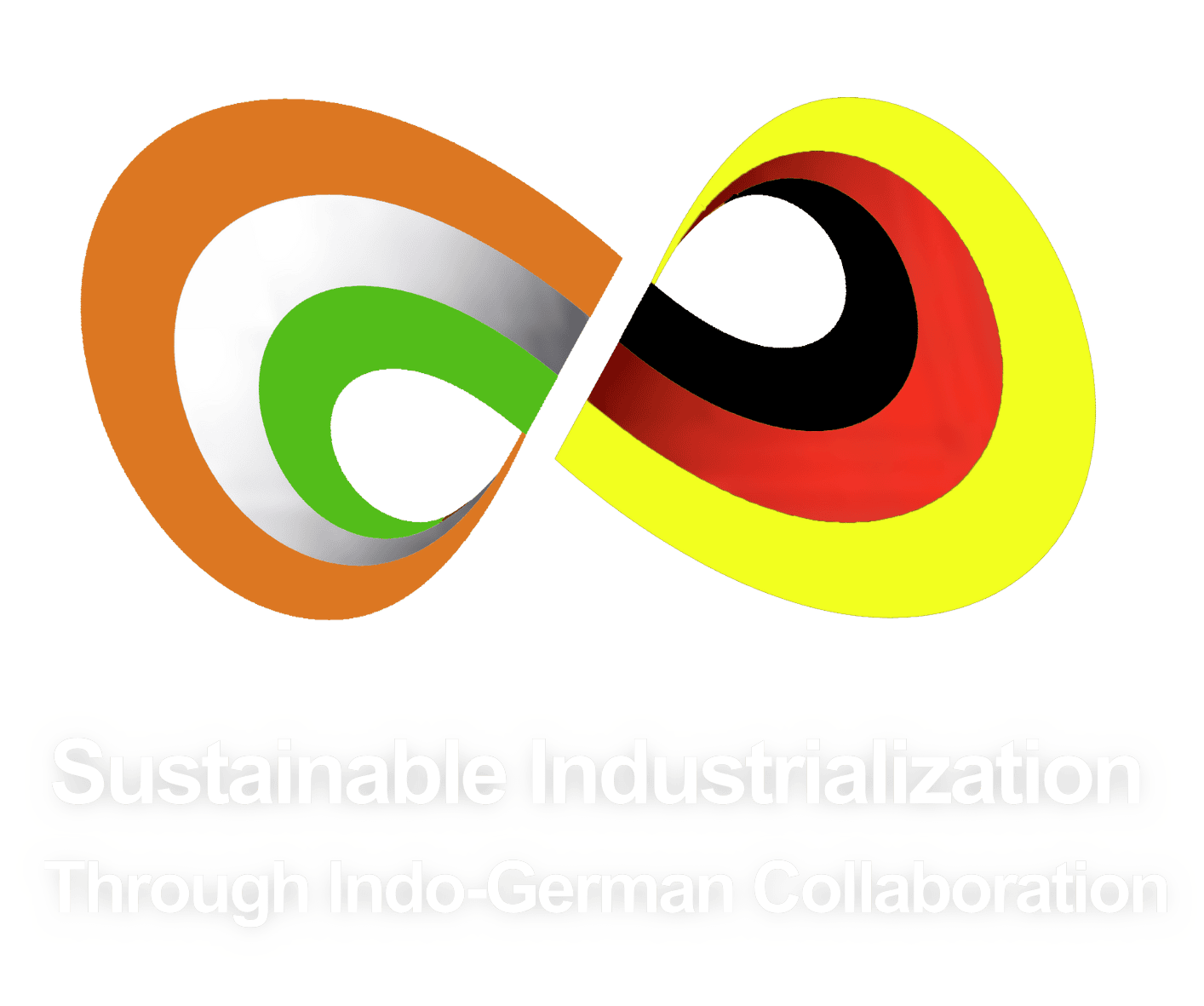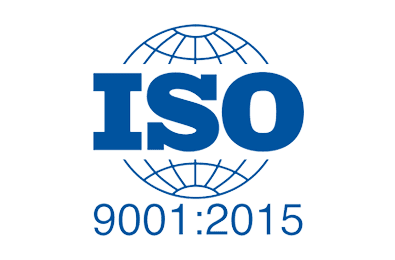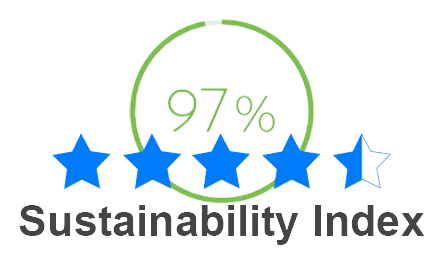The Surge in Used Machinery Imports: Key Statistics
According to the India Brand Equity Foundation (IBEF), India’s manufacturing sector is projected to reach $1 trillion by 2025, with SMEs contributing nearly 33% of the GDP.
A 2023 report by Grand View Research reveals that the global used machinery market is growing at a CAGR of 4.8%, with Asia-Pacific (including India) as the fastest-growing region.
The Economic Times highlights that imports of second-hand machinery from Europe to India rose by 22% in 2022–2023, driven by demand for CNC machines, textile equipment, and metalworking tools.
Why Indian Manufacturers Are Turning to European Used Machinery
1. Cost-Effectiveness Without Compromising Quality
European machinery is synonymous with precision engineering and durability. However, new equipment from brands like DMG Mori, Trumpf, or Siemens can be prohibitively expensive for small and medium enterprises (SMEs). Used machinery offers:
Up to 60–70% cost savings compared to new models.
Access to high-end technology at affordable prices.
Faster ROI for businesses scaling production.
Example: A Coimbatore-based auto parts manufacturer saved ₹2.5 crore by purchasing a used German CNC lathe instead of a new one, reducing payback time to just 18 months.
2. Superior Build Quality and Longevity
European machinery is built to last, with rigorous quality standards. A VDMA (German Mechanical Engineering Industry Association) report states that German machines have an average operational lifespan of 25–30 years, making them ideal for refurbishment. Indian manufacturers, especially in sectors like automotive and aerospace, prioritize this reliability to maintain consistent output.
3. Technological Edge in a Competitive Market
Europe leads in advanced manufacturing technologies, such as IoT-enabled CNC systems and automation. By importing used machinery, Indian manufacturers can:
Bridge the technology gap with global competitors.
Adopt Industry 4.0-ready equipment at lower costs.
Upgrade older machines with retrofitting solutions.
Statistic: A Mordor Intelligence study notes that 65% of Indian manufacturers consider technology upgradation a top priority, with used European machinery being a key enabler.
4. Government Policies and Ease of Import
Initiatives like Make in India and the Production-Linked Incentive (PLI) scheme have simplified import processes for used machinery. Key policies include:
Reduced customs duties for machinery imports in specific sectors (e.g., textiles, electronics).
GST input tax credits on pre-owned equipment.
Support for SMEs through financing schemes like the CGTMSE (Credit Guarantee Fund Trust for Micro and Small Enterprises).
5. Sustainability and Circular Economy
India’s commitment to net-zero emissions by 2070 aligns with the global shift toward sustainable manufacturing. Buying used machinery:
Reduces e-waste and carbon footprint.
Promotes the circular economy by extending machinery lifecycles.
Appeals to eco-conscious clients and global supply chains.
Source: A UNIDO (United Nations Industrial Development Organization) report highlights that reusing industrial equipment can cut CO2 emissions by 50% compared to manufacturing new machines.
6. Post-Pandemic Recovery and Supply Chain Resilience
The COVID-19 pandemic exposed vulnerabilities in global supply chains. Indian manufacturers are now prioritizing:
Localized production to avoid dependency on Chinese imports.
Cost optimization to recover from pandemic-related losses.
Faster setup times with plug-and-play European machinery.
Example: Post-2021, Surat’s textile industry saw a 30% increase in imports of used Italian looms and dyeing machines to meet surging demand for exports.
Challenges and Solutions
While importing used machinery offers advantages, challenges remain:
Customs and Regulatory Hurdles: Complex paperwork and varying state-level regulations.
Solution: Partner with certified dealers who handle customs clearance and compliance.
Maintenance Concerns: Fear of hidden defects or outdated parts.
Solution: Opt for refurbished machines with warranties and service agreements.
High Logistics Costs: Shipping heavy machinery from Europe.
Solution: Collaborate with freight forwarders specializing in industrial equipment.
Statistical Insights and Credible Sources
IBEF Report 2023: India’s Manufacturing Growth
Grand View Research: Used Machinery Market Analysis
The Economic Times: Rise in Machinery Imports
Why Partner with KEYLEERKART ?
At Keyleerkart, we bridge the gap between Indian manufacturers and Europe’s finest used machinery. Our services include:
Pre-inspected, refurbished machinery from Germany, Italy, and Switzerland.
End-to-end logistics and customs support.
Warranty packages and after-sales service.
Explore our curated inventory of CNC machines, textile equipment, and metalworking tools tailored to India’s manufacturing needs.
Conclusion
The surge in used machinery imports from Europe reflects Indian manufacturers’ strategic focus on cost efficiency, quality, and sustainability. With supportive policies and a booming industrial ecosystem, this trend is set to accelerate, empowering SMEs and large enterprises alike to compete globally. By partnering with trusted suppliers, businesses can mitigate risks and unlock the full potential of European engineering.
Call to Action: Ready to upgrade your production line with high-quality used machinery from Europe? Visit www.keyleerkart.in to browse our inventory or contact our experts for a personalized consultation today!
